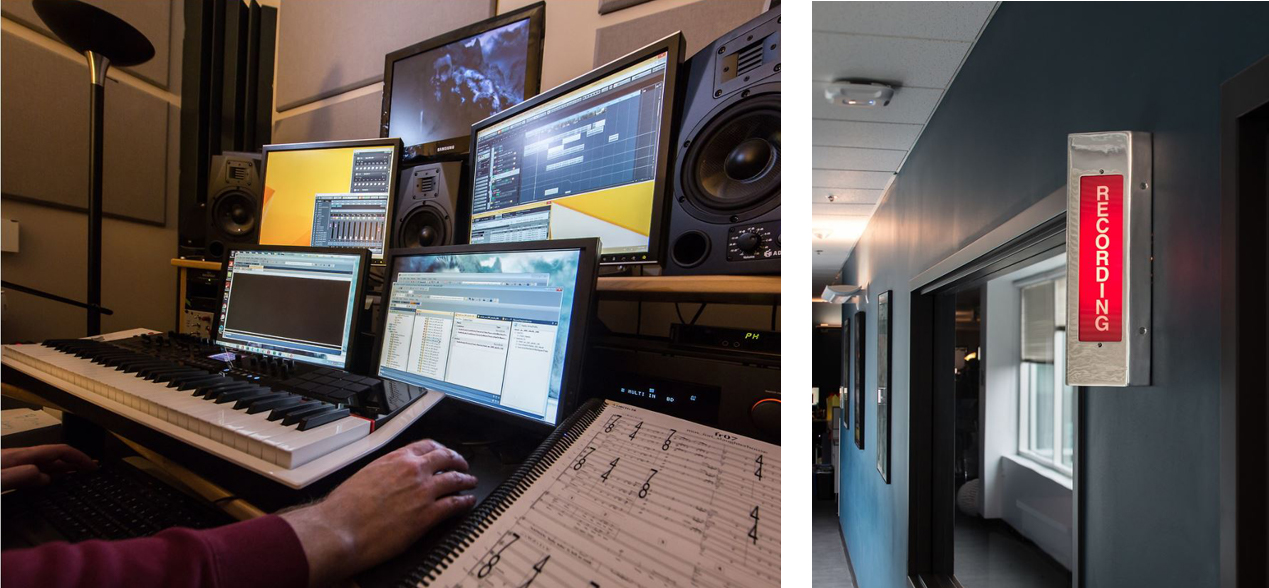
We’re a focused, single-project studio backed by a global entertainment leader with a rich legacy of critically and culturally significant titles. Our Nemesis System raised the bar for player-driven storytelling and firmly established Monolith as an innovator in the open-world genre.
We control our destiny through the quality and success of our games. Whether it’s the groundbreaking AI of F.E.A.R., the humor of No One Lives Forever, or the visceral action of Blood and Condemned, many of our titles are considered industry milestones to this day.
Our Tech
- LithTech (V1)
- LithTech (V2)
- LithTech Jupiter (V3)
- Jupiter Extended (V4)
- LithTech (V5)
- LithTech (V6)
- Firebird

The engine that powered more than 70 Monolith-developed and licensee games over the last 25 years was originally developed for a client. But the studio soon bought the rights back and used it to create 1998’s Shogo: Mobile Armor Division and Blood II: The Chosen.
It would evolve to become the mainstay for dozens of classic shooters from the late 90’s to early aughts. To this day, it’s a favorite in the modding community and remains a popular foundation for their creations.

The next evolution supported the critically-acclaimed No One Lives Forever and the lesser known gem (voiced by Ice-T, c’mon!) Sanity: Aiken’s Artifact.
Later, Aliens Versus Predator 2 inspired a huge leap forward in multiplayer support. For its time, Aliens Versus Predator 2 featured a variety of innovative multiplayer modes and three different teams to choose from, each with its own unique abilities, advantages, and disadvantages. In fact, you can still find Marines, Aliens, and Predators battling it out in far-flung servers.

The third iteration was a thorough technology overhaul. It was the backbone for No One Lives Forever 2 and TRON 2.0.
In some ways, it was considered more technologically advanced than its contemporaries, as it went beyond CPU-based shaders to support Shader Model 1.x and included a visualization tool to more efficiently support technical artists.

This was the last version of the engine licensed to other studios. Compared to its predecessor, Jupiter EX was driven by a new DirectX 9 renderer and added features such as Havok physics and vehicle behavior support, dynamic per-pixel lighting, bump mapping, normal mapping, and specular highlighting.
It was also featured in several standout Monolith titles including F.E.A.R. and Condemned: Criminal Origins. In fact, it was built to support the Xbox 360 with Condemned released as a launch title for that platform. It was the first title Monolith created from the ground-up for console.
The strength of their technical and design achievements made a strong statement for the engine, which was featured in a surge of licensed games from that era.

This version was pushed forward by two of the studio’s powerhouse sequels, Condemned 2: Bloodshot and F.E.A.R. 2: Project Origin.
The new titles had to be bigger and better than their predecessors, and the engine’s capabilities expanded to match. Condemned 2 was Monolith’s first game for the PS3 and console support was a big focus for this version.

Built for 2014’s Game of the Year, Middle-earth: Shadow of Mordor, the final LithTech-branded iteration was revamped to support large open worlds, 3rd-person Arkham style combat and, of course, the robust depth of the Nemesis System.

For Shadow of Mordor’s sequel, Shadow of War, the studio’s design aspirations were greatly expanded — and we needed an engine capable of supporting them.
Enter Firebird, the latest and greatest evolution of our proprietary technology. Among many improvements, Firebird was built to support large-scale battles between massive armies, and supports a substantial expansion of the Nemesis system’s capabilities, allowing it to introduce more variables to its unique orcish cast.
Motion Capture Studio
System Specs (Optical)
Motion Analysis capture system (optical)
49 Motion Analysis Kestrel cameras
Capture Volume of 20’ X 35’
2 video reference cameras
2 Faceware headsets (Facial Capture)
System Specs (Inertial)
Xsens MVN Animate capture system
2 Xsens body suits
Mocap Pipeline (Optical)
MAS Cortex 8 > MoBu > Maya
Housed within a 700 square foot capture volume, our 49 Kestrel camera Motion Analysis capture system has the technical fidelity to show every glorious twitch of an intricate melee, every nuance of a fated death throe, the minutest detail of a stealthy shuffle, and
absolutely anything else that our developers can dream up.
Monolith’s MoCap studio is built upon more than 25 years of
knowledge building world-class video games. Within its walls, we blend our own tech, emerging methods and technologies, and our very own tried and true methods.
Audio
Pushed by their ceaseless drive to get the perfect audio, the team at Monolith are intimately involved with every stage of development. Every clashing blade, every visceral impact, every note of music, and every single screaming Uruk are scored by our expert audio team at the helm of our cutting-edge sound studio.
From scoring, to recording, to implementing the files into the game – there’s no part of the process where their contributions go unheard.
GDC Talks

Helping Players Hate (or Love) Their Nemesis

Performance and Memory Post Mort

Cinematic Storytelling in Shadow of Mordor





